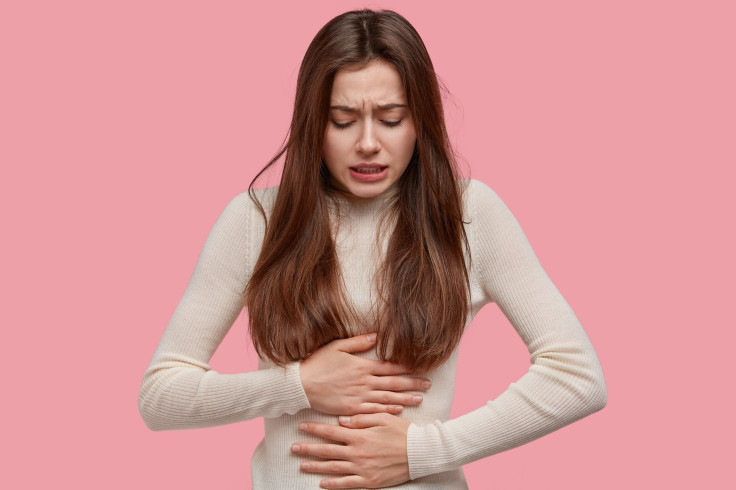Endometriosis Awareness Month: 4 Early Signs To Look For

March is observed as Endometriosis Awareness Month to increase awareness about the inflammatory condition that affects the day-to-day lives of around 190 million women of reproductive age.
Endometriosis occurs when the tissue that normally lines the wall of the uterus (endometrial tissue) grows in other places like on ovaries or fallopian tubes. The endometrial tissues grow thicker during the menstrual cycle and exit the body. The tissues growing outside the uterus also follow the pattern. However, they do not exit the body; instead, the blood and tissues get trapped in the pelvic cavity, causing inflammation, scarring and irritation. The scarring and growth on ovaries and fallopian tubes over time cause infertility.
It is estimated that around 10% of women of reproductive age suffer from endometriosis.
Endometriosis is a painful condition. Not all women exhibit noticeable symptoms and often discover their condition only when they have difficulty getting pregnant.
Although not completely curable, endometriosis can be kept under control with various treatment options, including pain relief, hormonal treatment and surgeries.
Here are some of the early signs of endometriosis:
1. Pain:
- Painful menstruation - It is the most common symptom of endometriosis. However, the severity of the pain does not indicate the degree of the condition. Some women can experience extreme pain during periods, even with a mild condition of endometriosis.
- Chronic pain in the lower back and pelvis - Abdominal pain or back pain during menstruation or in between the menstrual cycle can be a symptom of endometriosis. However, many women can mistake it to be normal period pain.
- Pain during or after sex - Around two-thirds of women with endometriosis suffers from some kind of issue during sex, including pain and discomfort. The intensity of the pain varies depending on where the endometriosis grows. If the endometriosis is behind the vagina in the lower uterus, it causes more pain compared to people who have them on the ovaries.
- Intestinal pain, pain during bowel movements and urination are also signs of endometriosis.
2. Heavy periods: Heavy and long periods are seen in many women with endometriosis but excessive bleeding during mensuration is not always endometriosis.
3. Digestive issues: Endometriosis can cause digestive issues like bloating, constipation and gas. Women with endometriosis are at a greater risk of having fibroids and small intestinal bacterial overgrowth that can cause bloating. As endometrial-like tissue builds up outside the uterus, it can lead to inflammation in the abdomen, causing swelling and water retention.
4. Difficulty in getting pregnant: Researchers have found out that endometriosis causes infertility in one in every two women. Endometriosis can lead to infertility as it can cause adhesions, scarring on fallopian tubes, inflammation in pelvic structures, changes in the functioning of the immune system, changes in the hormonal environment of the eggs and altered egg quality.
Published by Medicaldaily.com



























